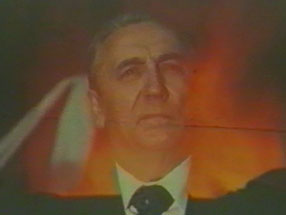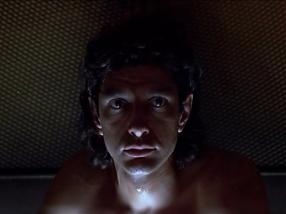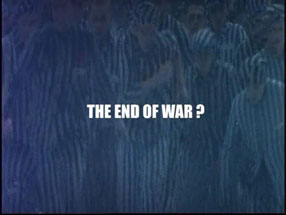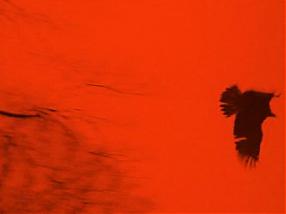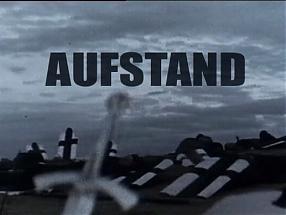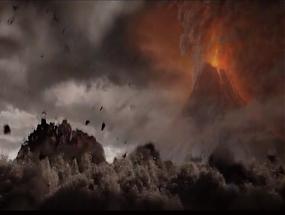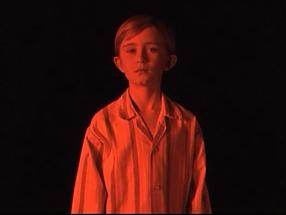The period before Christmas in December 2006 saw a group of right-wing deputies lodge a draft resolution in the Sejm to proclaim Jesus Christ the King of Poland. That initiative lends itself to interpretation in the context of the late-modern return of the messianic topoi. That return can be observed not only in Poland, however, it is the problem of Polish messianism that receives coverage in Luciferian Lesson.
Created at the end of 2006, the film is based on quotations from novels and poems by Tadeusz Miciński (1873-1918), one of the most outstanding Polish modernists. The locus of the writer’s philosophy is the idea of “Christ’s luciferianism”. In its frames, the “weeping” Christ, “God of bigoted corporations”, is creatively defeated by his twin, Lucifer, who embodies freedom and (self)knowledge. The dialectical reconciliation of the twin elements brings about a radical enlivening of Christianity, fossilised by tradition. Lucifer is to be thanked for the emergence of a new, dialectical messianism, contrasted with what Stanisław Brzozowski once referred to as “Polish Oberammergau” or “stage messianism”.
In Kozak’s film, the figure of twins appears not so much on the horizon of a religious myth, but rather in the field of political mythology, which aroused the Polish imagination in the first decade of the new millennium.
Hence, Luciferian Lesson evokes the figures of Lech and Jarosław Kaczyński, whose activity was often identified with Polish messianic tradition. Yet, Kozak does not focus on political iconography, but prefers instead to deconstruct the iconography of culture. For that matter, he stresses that Kaczyński brothers enjoy the status of pop cultural icons – as young boys, they indeed acted in the famous film The Two Who Stole the Moon (O dwóch takich co ukradli księżyc, directed by Jan Batory, 1962).
The ending of Luciferian Lesson features a characteristic scene from that film, where the twins enter a storm while gliding in the clouds on the backs of white birds. Then, lightnings knock them off into the depths of the sea. It is difficult to escape associations with the fatal crash of the Polish presidential aircraft near Smolensk in 2010. What emerges as a result is a temptation to ask if Luciferian Lesson is to be viewed as a symbolic prefiguration of that catastrophe. It is worth resisting the temptation, though. The more so that another, more significant question still awaits posing. What can the Smolensk catastrophe become for a the Polish contemporary artist? Provocatively enough, Tomasz Kozak deems it a source of joy. “The Smolensk catastrophe exploded with the entire burden of martyrological-sacrificial symbolism. Therefore we should have been glad to see explode that what we were used to abase to and what we were forced to adore.” (cf. T. Kozak, D. Deruk, Tadeusz Miciński. Mesjanizm dialektyczny, [in]: T. Kozak, Wytępić te wszystkie bestie?, 40 000 Malarzy, Warszawa 2010, p. 185).
In the eyes of the author of Luciferian Lesson, the fatal crash of the Tu-154 aircraft sparks an unprecedented opportunity to debate on Poland released from the fetters of repressive tradition. If Kozak is to be believed, it is still “not to late to tap into that opportunity” (ibid., p. 187).
(Description courtesy lokal_30)
Year: 2006
Duration: 22'32''
Language: Polish
Source: DigiBeta
© Tomasz Kozak. Courtesy lokal_30
Acquisition: deposit
Ownership form: deposit
